Assuming the Black Box contains a model that is:
1. time invariant (i.e. does not change over time);
2. is Linear (i.e superposition applies).
Then the Black Box can be modelled as an AR or ARMA model.
System ID techniques can be applied to this. Matlab is an excellent choice for this.
Theoretically Autocorrelation with a white noise input excitation is a popular technique. But you don't need to know the theory to get good results from the Matlab System ID Toolbox.
A Bode Plot would also be helpful. Technically, that would be a non-parametric System ID method. The AR/ARMA model method would be a Parametric System ID method.
UPDATE:
As you've identified it as a linear passive circuit, then the following procedure might help:
- Apply a DC input voltage. Measure the output voltage (open circuit)
to confirm there are no sources inside.
- Apply a DC input voltage. Measure the short circuit output current. You can now calculate the DC source resistance or Thevenin
resistance. You should know about that from your course work.
- Apply an AC source to the input and sweep the frequency. Measure the output AC magnitude (rms) and phase with respect to the input
signal. Plot output/input to produce a Bode Plot (Magnitude and
Phase).
- Identify the poles and zeroes inside; i.e. the combined impedance of the source.
This is essentially what the ARMA model would have produced automatically.
